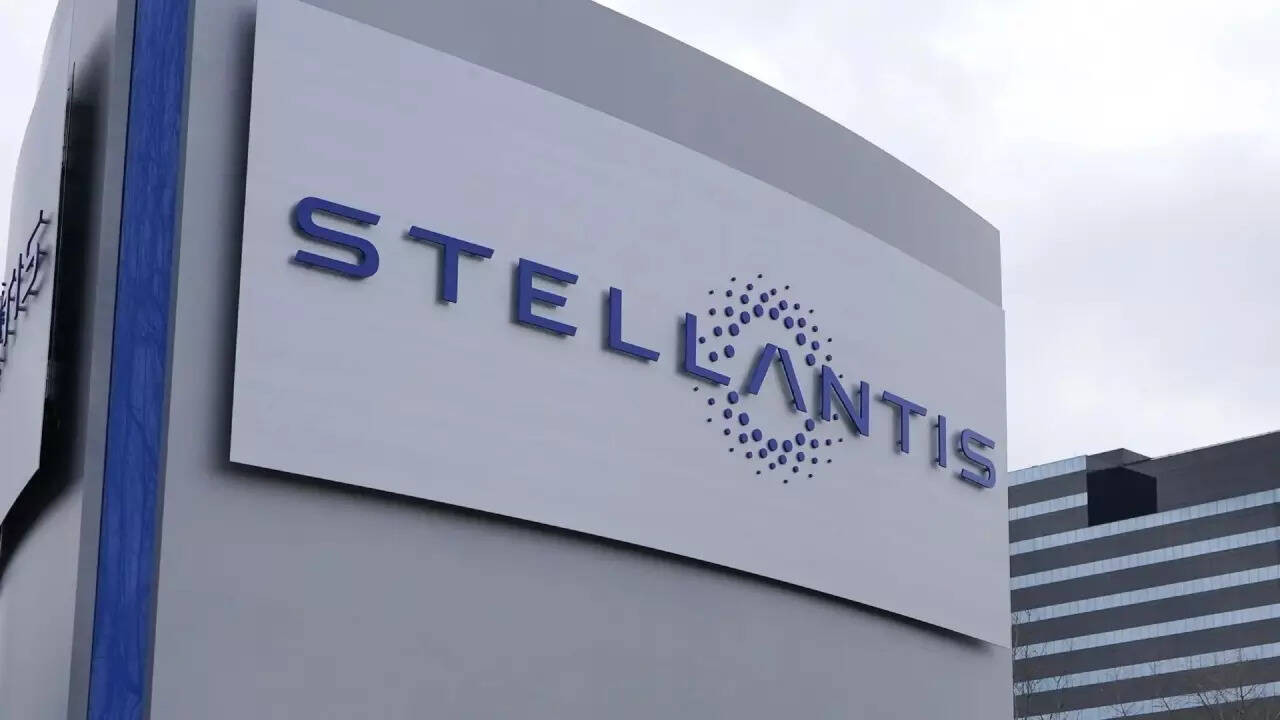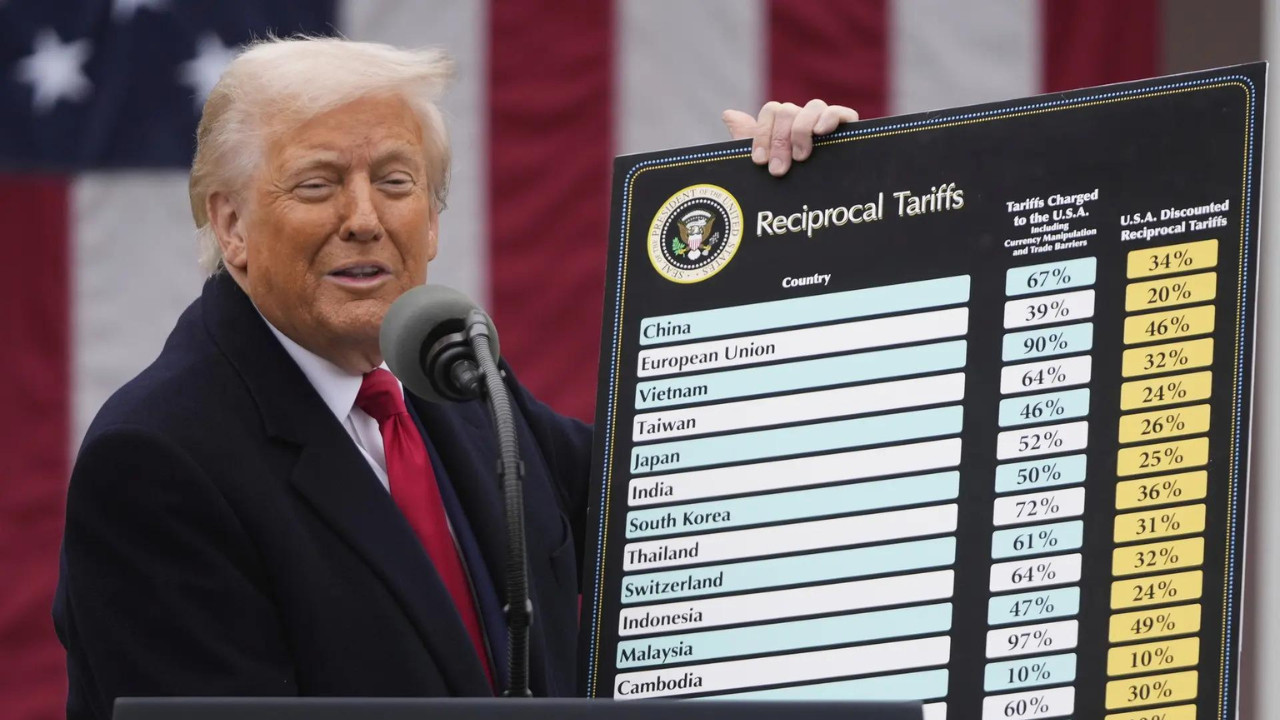Stellantis reported a substantial net loss of 2.3 billion euros in the first half of the year, impacted by new US tariffs and significant charges related to legislative changes. North American sales declined sharply, prompting production adjustments and program cancellations. The company is implementing measures to improve performance amidst economic and regulatory uncertainty, anticipating a stronger second half.
Stellantis Navigates a Shifting Automotive Landscape: Tariffs Bite, But Innovation Steers the Course
The automotive world is a high-stakes game of chess, and Stellantis, the global powerhouse behind iconic brands like Jeep, Ram, and Peugeot, is making its moves in the face of evolving challenges. The first half of 2024 has presented a mixed bag for the company, revealing both headwinds and promising opportunities in a market grappling with tariffs, fluctuating demand, and the relentless push towards electrification.
One of the most significant drags on Stellantis’ performance has been the impact of tariffs, particularly in North America. The sting of these import taxes has contributed to a noticeable 12.6% dip in first-half revenue. This isn’t just about numbers on a spreadsheet; it represents a real-world squeeze on profit margins, forcing Stellantis to strategically re-evaluate its pricing and production strategies.
But it’s not all storm clouds. Looking closer, the story becomes more nuanced. While North American sales have experienced a slump, other regions are showing resilience and even growth. This geographical diversification is proving to be a crucial buffer, demonstrating the strength of Stellantis’ global footprint. The company’s ability to adapt and capitalize on opportunities in diverse markets is a testament to its agility in a constantly changing global economy.
The Electric Vehicle Race and Stellantis’ Response
The automotive industry is undeniably undergoing a seismic shift towards electric vehicles (EVs), and Stellantis is firmly in the race. While legacy automakers navigate the transition from internal combustion engines to electric powertrains, challenges like scaling production and optimizing battery technology remain. The company understands that the future of automotive belongs to those who can master the art of sustainable mobility, and it’s investing heavily in research, development, and strategic partnerships to achieve that goal.
But the EV landscape isn’t solely about technological prowess; it’s also about consumer adoption. Concerns regarding range anxiety, charging infrastructure availability, and the initial cost of EVs are influencing consumer decisions. Stellantis is keenly aware of these hesitations and is actively working to address them through initiatives like expanding charging networks and developing more affordable electric models. 
Navigating Sales Slumps in North America
The decline in North American sales is a key area of focus for Stellantis. Several factors could be contributing to this trend, including shifting consumer preferences, increased competition from other automakers, and the overall economic climate. Consumers are becoming more discerning, demanding vehicles that offer not just performance but also advanced technology, fuel efficiency, and sustainable materials.
To regain momentum in this critical market, Stellantis is focusing on strengthening its brand appeal, launching innovative new models that cater to evolving consumer needs, and enhancing the overall customer experience. The company is also exploring strategic partnerships and collaborations to expand its market reach and leverage new technologies.
The Future Outlook for Stellantis
Despite the challenges, Stellantis is far from being on the back foot. The company is proactively adapting to the changing dynamics of the automotive industry, embracing innovation, and investing in the future of mobility. Their commitment to electrification is evident in their ambitious plans for EV development and production. Internal link to information about the Jeep EV.
The road ahead may be bumpy, but Stellantis possesses the resources, expertise, and global presence to navigate the challenges and capitalize on the opportunities that lie ahead. The success of their long-term strategy will hinge on their ability to effectively manage tariffs, accelerate the transition to EVs, and regain market share in key regions like North America.
Ultimately, Stellantis’ journey reflects the broader transformation occurring within the automotive industry. Success in this new era will require a blend of innovation, adaptability, and a deep understanding of evolving consumer needs. Stellantis, with its iconic brands and ambitious vision, is positioning itself to be a key player in shaping the future of mobility.







